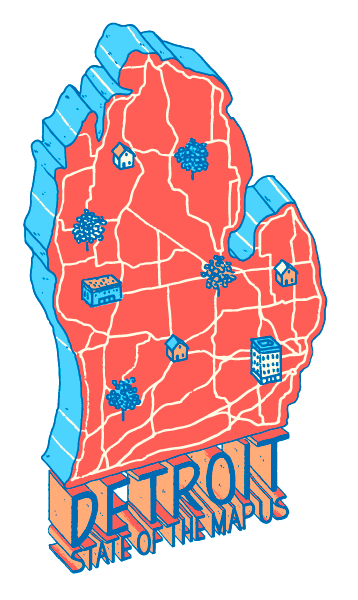Lightning Talks
310B
Sunday, 11:00am – 1 hour
Sunday, 11:00am – 1 hour
Ryan King, Miriam Gonzalez, Simon Shapiro, Holly Krambeck, Dale Kunce
Crowdsourced Place Verification and Decentralized Governance
Ryan King, FOAM
The FOAM Map is an Open Source map with a multi-step verification process for added places. With secure blockchain-based rewards and safety deposits, the FOAM Map crowdsources the prevention of fraud and vandalism. FOAM CEO Ryan John King explains the process of adding a place and gives a brief description of the role of blockchains and tokens in this process.
The Crucial Role Mapping Systems Play in the Future of Autonomous vehicles
Miriam Gonzalez, Geochicas and OpenStreetMap Latam
The key to understanding the importance of digital maps in the context of autonomous cars is learning how autonomous vehicles perceive the road and how they need to react to it in real-life.
It all starts with the vehicle figuring out its location: where exactly it is in the world. And it does this by taking a digital map and its sensor data and putting these two elements together.
The result is the frame of the map, the foundation. Think of it as a geometric understanding of the world.
With this talk I want to share the importance of OpenStreetMap in the autonomous vehicles challenges and explain how digital maps and other mapping systems working together will define the future of human transportation in the world.
Measuring Transit Data Coverage
Simon Shapiro, Microsoft
As an aggregator of transit information for a certain region or for the entire world, how do you measure successful coverage of this data? Do we just count the number of stops? The number of lines? Are all stops created equal? This talk will address these questions and a few others!
Laos Road Data Collection Goes Open Source
Holly Krambeck, The World Bank
The Laos Department of Transport does not have a complete map of its national road network, beyond national and provincial-level roads, or a modern system for road condition monitoring. The World Bank is supporting a data collection pilot, integrating the use of Mapillary, OSM, and QGIS as a basis for road inventory development and updating in a resource-scarce environment. More details on the project website: https://www.laomap.org/.
So where does all that HOT OSM data go?
Dale Kunce, Red Cross
The 2017 US hurricane season was unprecedented. US mappers responded in amazing ways, doing a building import in Florida, helping HOT effectively map all the Caribbean islands, and the biggest success mapping 1.5 million buildings in Puerto Rico. So where does all the data go? Come find out how your edits make a huge difference for organizations like the Red Cross and how we respond to disasters.















